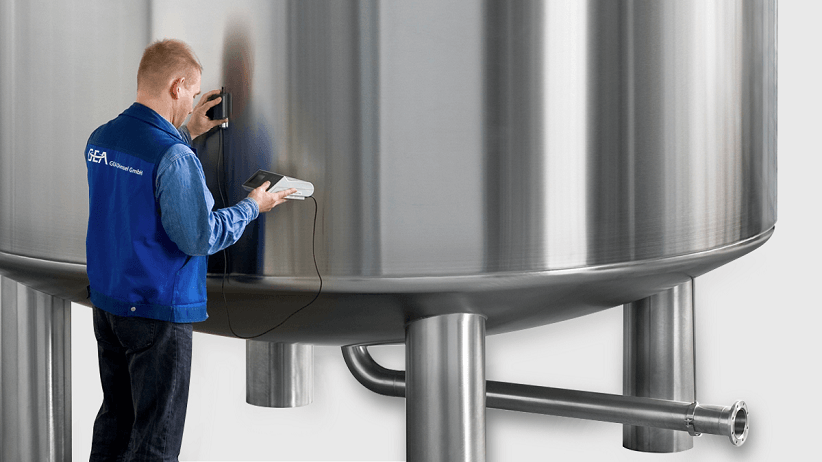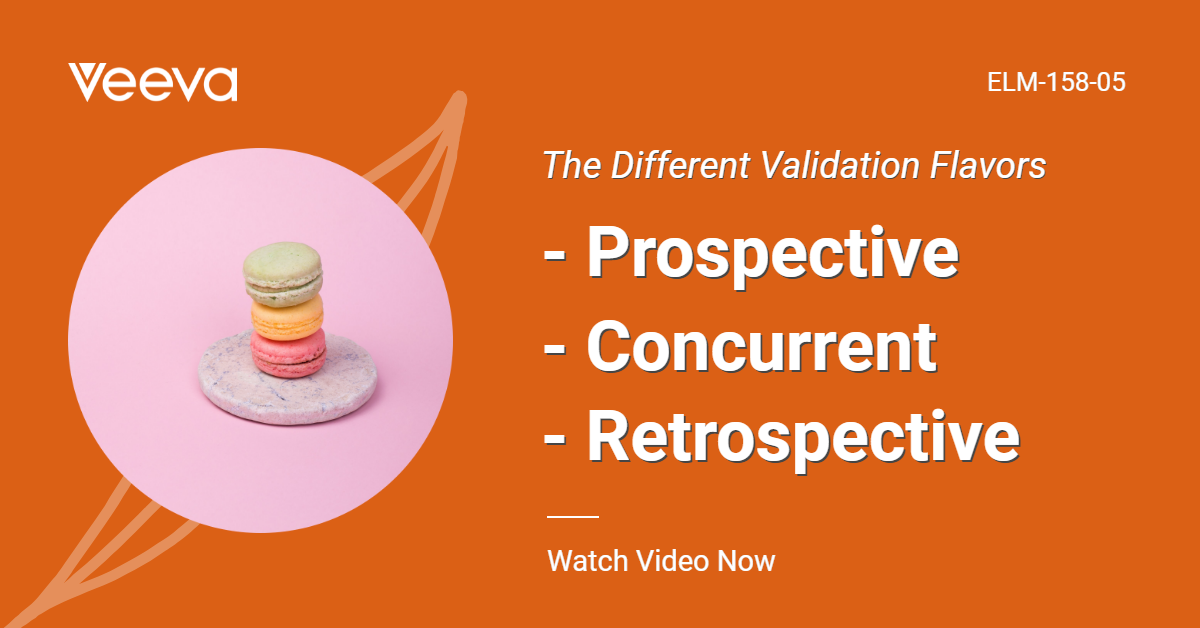Are are fed up, tired of it all. Your boss has been harassing you to develop “a scientifically sound, logical, and rational basis for cleaning acceptance limits.” Should be simple enough, right? Yet, every time you ask someone about setting cleaning limits they look at you as if you have three, maybe four heads. Asking a consultant only makes things worse, leaving you more confused when they present you with more theoretical options than you ever imagined possible (but of course offering to help you solve the problem with a team of experts!) You’ve scoured the literature, yet haven’t found anything but theoretical discussions and vague references to the “Mullen and Fourman method.” Before kicking the cat or cursing your boss, let’s see what this is really all about.
Case Study
Let’s look at a case study. Let’s imagine that the situation deals with the removal of a biologically active protein from an equipment item cleaned with either CIP, COP, or manual techniques with a WFI final rinse. We are using rinse water as the means of detecting residue removal. Rinse water analysis is by nature an indirect measure of cleaning efficacy. The only direct measure of cleaning efficacy is surface analysis – typically performed by either visual or swab analysis. Rinse water analysis is however a common method used to verify cleaning efficacy, and when combined with surface analysis is often part of an effective cleaning validation program.
Maximum Acceptable Amount
So for this case, we want to determine the maximum acceptable amount of protein residue that can be carried over to the next batch of product produced in a specific piece of equipment. Let’s make a few assumptions and draw some conclusions from them.
- Assume the equipment is a vessel with a 300 liter working volume.
- Assume that the vessel’s nominal batch size ranges from 20 liters to 240 liters.
- Assume the active protein has a therapeutic dose limit of 400 µg/ml.
Applying an industry standard safety factor of 1/1000 of a therapeutic dose, we can calculate the Maximum Allowable Carry-Over (MAC) to be:
MAC = (1/1000) x (400 µg/ml) = 0.4 µg/ml
8000 µg is the maximum amount of protein that can be carried over into the next batch (20l) of product and still meet the 1/1000th of a therapeutic dose criterion. This number can then be used to work backwards to calculate a rinse water acceptance limit.
To back-calculate the rinse water acceptance limit, we need to determine the amount of protein that if found in a rinse water sample, would result in 8000 µg of protein ending up in the next 20 liter batch of product. To determine this, we must again make several assumptions, but we will be conservative to provide for additional safety factors.
Let’s assume that we’ve performed our standard cleaning process on the vessel and are about to take a WFI rinse sample at the end of the rinse cycle. Let’s also assume that the cleaning process has left 8000 µg of protein on the surface of the vessel at the end of the cleaning cycle.
If we now rinse the vessel with 2.0 liters of WFI and all of the protein on the surface disassociates itself from the vessel and into the 2.0 liters of rinsate, then the concentration of protein in the rinse water would be:
(8000 µg)/2000ml = 4µg/ml
This value could be used as the rinse water acceptance limit as it relates back to the original goal of having less than or equal to 1/1000th of a therapeutic dose of the protein in the next batch of product.
Conclusion
Before concluding, let’s review a few of the assumptions that were made. To begin with, setting cleaning criteria for proteins can be difficult since the assumption that the protein remains active following the cleaning process is very conservative. Most proteins become denatured due to the high temperatures and the caustic nature of the detergents typically used.
Several other conservative assumptions also were applied in this case study. The first of these is the assumption that all of the protein that remains in the vessel after cleaning is going to disassociate during the production of the next production batch. While this is possible, it is most unlikely. We used the smallest batch size to calculate the limits to provide an additional safety factor. Similarly, the use of 2.0 liters for the rinsate volume is conservative. One could easily use a higher rinsate volume and derive a lower acceptance criterion; however, we have chosen this low rinsate volume to be intentionally conservative.
It should be noted that surface analysis via swabbing is typically used to corroborate and support the use of rinse water analysis. Similar techniques to those used to derive the rinse water analysis acceptance limits can be used for establishing swabbing acceptance limits.
This case study is intended to serve as an aid to those faced with the problems of establishing cleaning acceptance limits. Any number of approaches may be taken and for different cleaning scenarios, different approaches may be more or less appropriate. Regardless of the approach taken, document the rationale for the approach in the protocol or the master plan or both.





